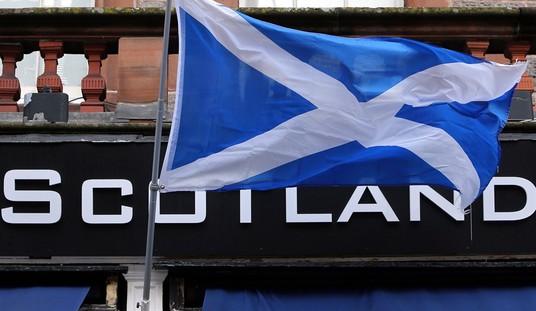The return from North Korea of 55 boxes of Korean War remains is only the beginning of the end for those casualties and their families still waiting more than six decades later.
Now begins likely years of battlefield forensics and DNA testing by military technicians in Hawaii and Delaware to bring some kind of closure to the families of the 5,300 Americans listed as missing in North Korea from the 36-month war that began with the North’s invasion in June 1950. Another 2,400 went missing in fighting throughout the South.
Identification of remains recovered from the Vietnam War is still ongoing. By comparison, some 79,000 Americans were listed as missing from World War II.
U.S. officials said initial examinations of the latest bones and bone fragments indicated they had European or African ancestry, likely meaning they are American. But they may also belong to fallen of the 16 other nations that fought as allies in that conflict under the United Nations flag, countries such as Britain, Canada and Australia.
The 55 boxes came with one set of dog tags. That soldier’s identity was not released, although his family was notified and told his remains may or may not be included.
The boxes also contained bits of old U.S. military equipment such as canteens, helmets and boots and descriptions by North Korea of where they were found. That will be a big help narrowing down identities from battle casualty reports from that area.
Now begins the long, painstaking process of identification using dental records, DNA samples and other identifying information such as chest X-rays that were routine for military recruits during that era. Rib bones can be compared to the old X-rays.
As Dr. John Byrd, chief scientist of the Defense POW/MIA Accounting Agency, put it:
Where we have matches, compelling matches with DNA, we will get a very strong lead and be able to pursue identifications quickly. In other cases it could be months or even years before we’re able to narrow down the identity.
Some of the remains are in relatively good condition considering, indicating the possible accessible presence of DNA to be matched with DNA from surviving family members. The Pentagon has collected DNA from family of 92 percent of Korean War missing. Other material is in poor condition and appears to be the mixed remains of more than one soldier.
Battlefield burials in those days, especially in bitter winter conditions, were often hasty in shallow graves, possibly involving more than one body, and in battlefield cemeteries intended as temporary. Others perished in distant Chinese or North Korean POW camps.
“In some cases,” Byrd added, “there are complete bones that in size and shape, I feel confident, are quite likely to be American.” Others in worse shape, he said, “could be American.”
The returned remains are the first tangible results of June’s Singapore Summit between President Trump and North Korea’s Kim Jung-un. Trump was effusive in his tweeted praise:
Thank you to Chairman Kim Jong Un for keeping your word & starting the process of sending home the remains of our great and beloved missing fallen! I am not at all surprised that you took this kind action.
U.S. and North Korean military conducted joint body recovery operations in that Communist country from 1990 until 2006. But the U.S. withdrew over safety concerns for recovery crews and increasing Pyongyang demands for compensation. Between 1990 and 1994 some 200 boxes of remains were recovered with 20 percent remaining unidentified.
Officials said no payment was made to Pyongyang this time. Previously, the U.S. reimbursed the North for some recovery costs.







Join the conversation as a VIP Member